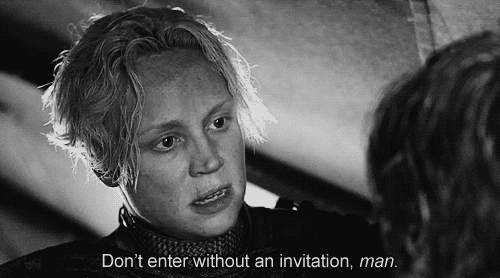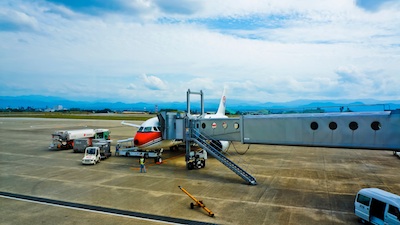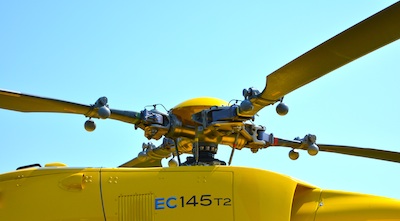by Nina Post
Say you meet a startup founder at a networking event. A couple of weeks later, you start getting their email newsletter.
Hold up... you never signed up for that list.
The issue isn't limited to small companies. I see this with companies of all sizes, and with individuals. Unfortunately, it's a very common problem. Some people add everyone they meet to their list, with no permission or opt-in. It's shitty and unethical, and isn't doing your personal brand any favors.
It sucks that this is such a widespread thing, but this is especially important for startups because when someone starts getting emails from a new startup, it's pretty obvious who added you and when.
So, if you're doing this, please stop.
Here's what you can do instead:
1) Don't add anyone to your list UNLESS you explicitly asked for permission to add them to your email list—AND if they granted you permission to their inbox (saying, for example, "Sure, add me to your list.") Otherwise, you are a surprise, and not welcome.

Not only does it make you look bad, and dangerously ignorant, but you could get into trouble with your email service provider, and as a startup founder, you can't afford that, in either time or money. Enough ridiculous crap that's completely out of your control comes your way. Don't invite it with something you can control.
2) If you get a verbal consent, then the next step, at a minimum, should be to send a standard double opt-in email so the recipient at least has to click a link to confirm they want to be on the list.
3) Create a short template for an email you can send to someone you'd like to be on your list. This email includes a brief, polite note that makes mention of where you met, along with a sign-up link.
It could say, "I enjoyed meeting you at the Archie McPhee University Business Plan Competition Honoring David Lynch, and thought you might be interested in keeping up with the company's latest updates in our newsletter. I send it out every month, and you can always unsubscribe. Just click the link below to join."
It's also a good idea to give people more than one way to connect with you, so you could add something like, "Or if newsletters aren't your style, it'd be great to connect on LinkedIn or Twitter."
Then when someone does sign up, they get an opt-in email where they confirm that yes, they do want to join this list. And they get their confirmation email telling them that they're all signed up for your list. Everyone feels good about it.

The alternative: this person sees you at another event, thinks, 'Oh, there's the asshole who signed me up for their email list without asking,' and avoids you and doesn't want to hear about your company anymore. That's not the worst that can happen, either.
Don't be a dum-dum. Always get permission.
gifs by giphy.com





